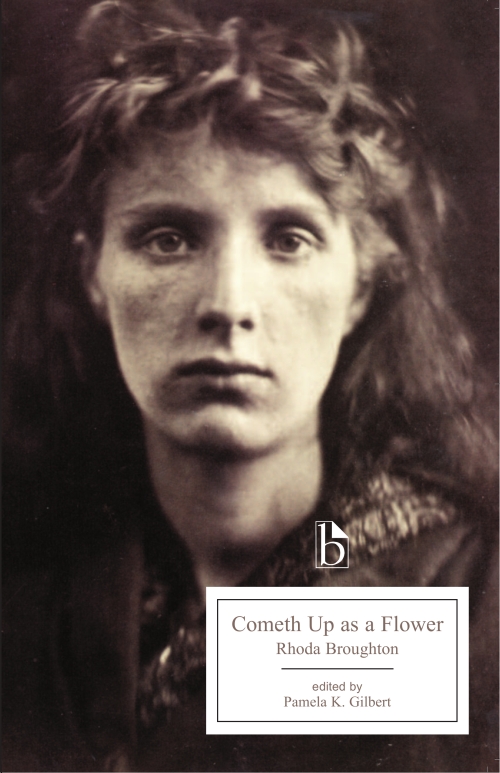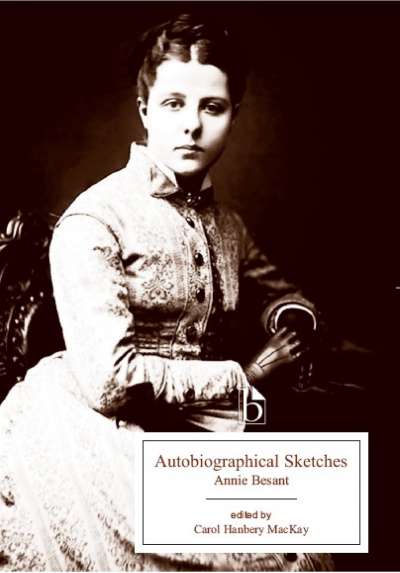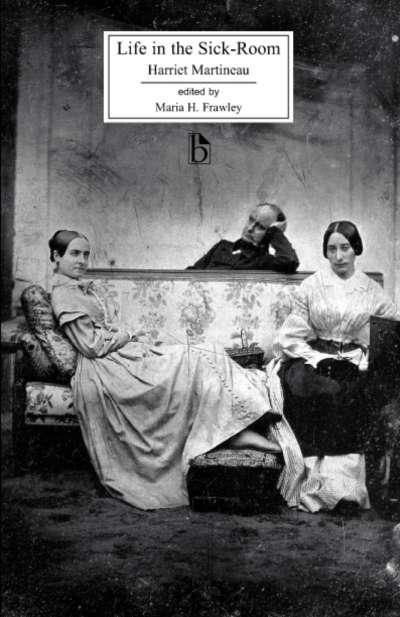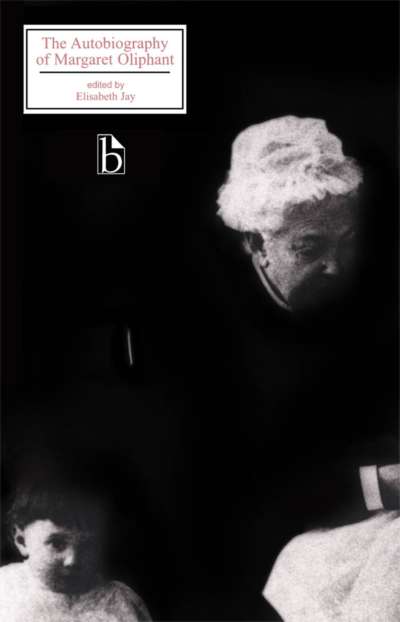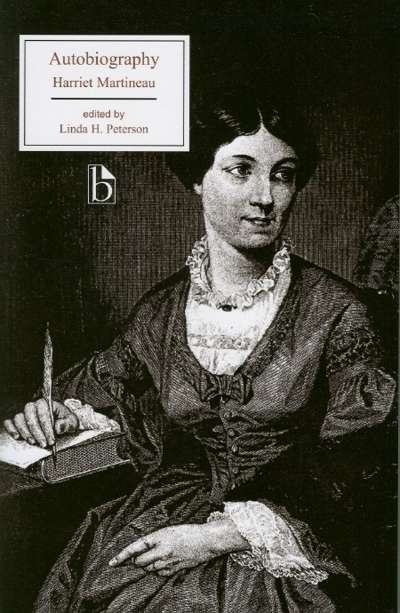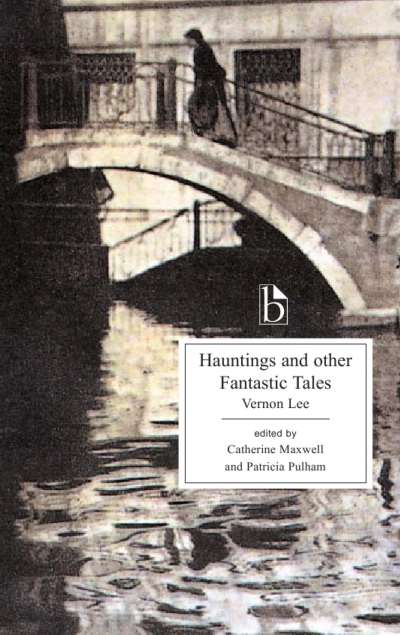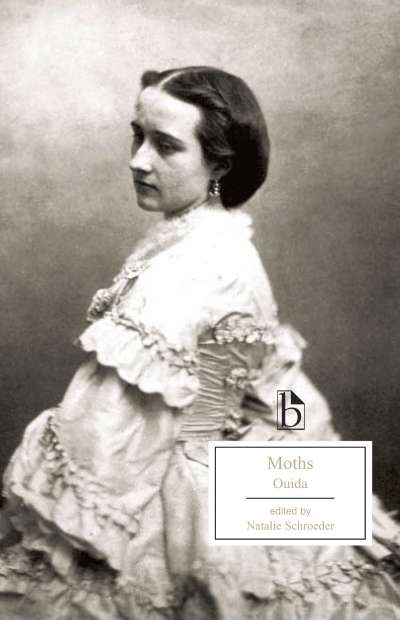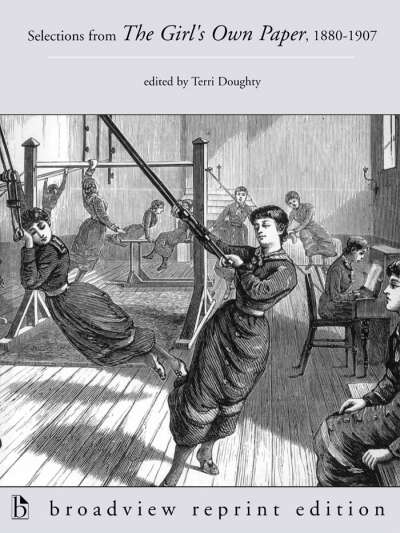An important sensation novel, Cometh Up as a Flower made Rhoda Broughton’s reputation and fortune while also attracting harsh criticism. Nell LeStrange, the heroine, is tricked by her calculating sister into leaving her poor lover and marrying a wealthy man she does not love. What angered critics of the time was the heroine’s frank discussion of her sexual attraction to her lover, and her dispassionate evaluation of loveless marriage as a form of self-sale. Broughton’s lively, colloquial narrative voice, witty observations of contemporary manners, and sympathetic portrayal of the lives and feelings of young women, though no longer shocking, are as engaging now as they were to her readers of 1867.
This Broadview Edition includes an extensive selection of appendices on the novel’s reception (including a parody of Broughton), Victorian discourses on health and medicine, and contemporary attitudes towards women, marriage, and sexuality.
Comments
“This excellent and affordable edition of Broughton’s racy bestseller, with Pamela Gilbert’s informative and accessible introduction, detailed explanatory notes, and extremely useful contextual material, is a valuable addition to the Broadview list of works by women writers of the nineteenth century.” — Lyn Pykett, Aberystwyth University
“Students and general readers will revel in Broughton’s compulsively readable novel, with its unusually frank discussions of the sexual politics of the marriage market and female erotic desires. Its vivid style and compelling subjects make Cometh Up as a Flower ideal for a modern syllabus. I was impressed by the exceptionally careful footnotes, the introduction that explains this novel’s attitudes towards sexual, class, and racial issues, and the appendices about sensation fiction, Victorian medicine, and women’s sexuality. This is an excellent edition of an exciting text.” — Talia Schaffer, City University of New York
“Subtitled (like Jane Eyre) ‘An Autobiography’ and startlingly frank about women’s erotic desire and claims for independence when it was published in 1867, Rhoda Broughton’s Cometh Up as a Flower has been undeservedly ignored ever since. Broadview’s textually responsible new edition, with footnotes to explain the narrator’s sometimes-racy slang, will absorb readers and provide a welcome resource for scholars.” — Sally Mitchell, Temple University

